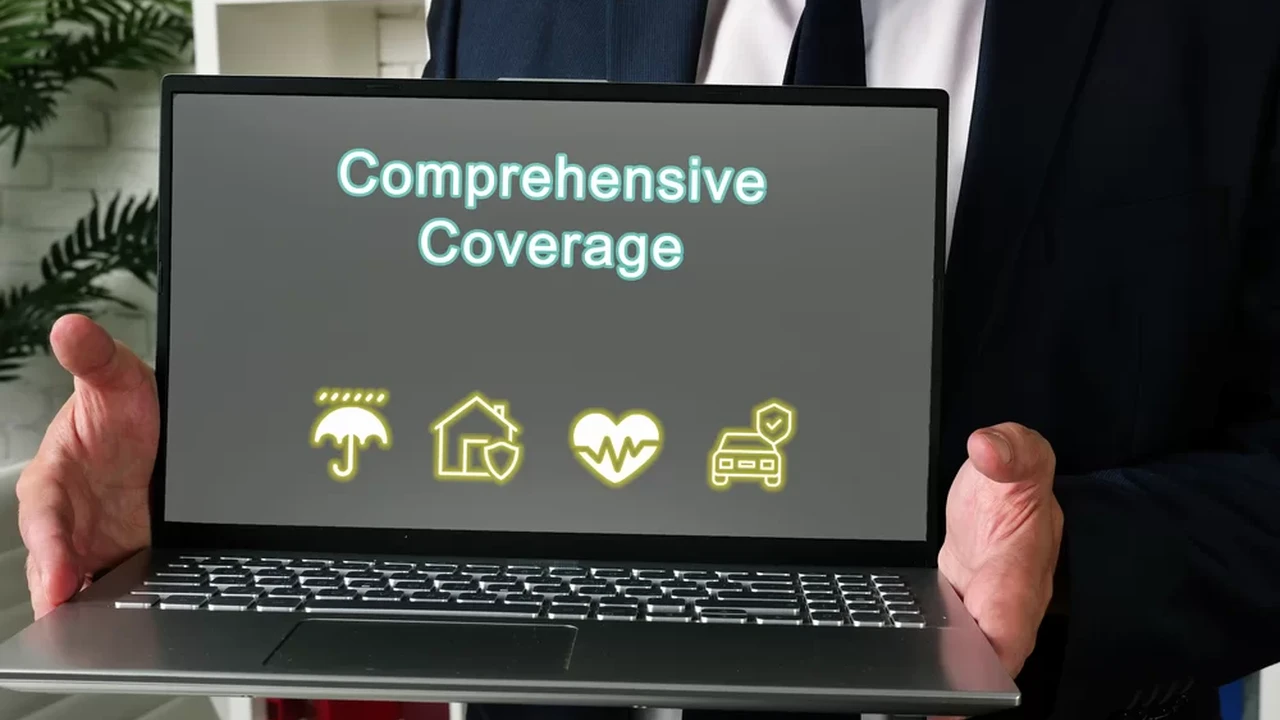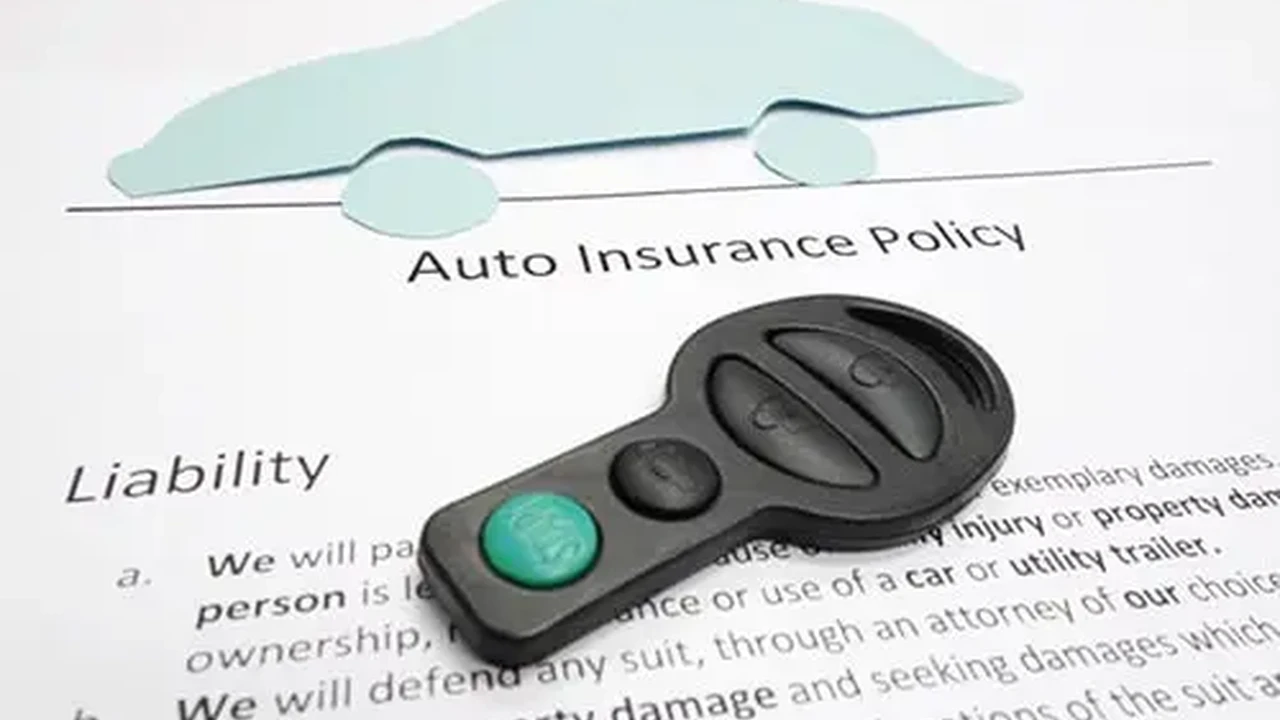Avoiding Lapses in Coverage: Maintaining Continuous Insurance

Why Continuous Car Insurance Coverage is Crucial Understanding the Risks
Let's be real, car insurance can feel like a necessary evil. You're shelling out money every month, hoping you never actually need it. But here's the thing: gaps in your car insurance coverage can seriously bite you in the butt. Think of it like this: it's a safety net. You don't want holes in your safety net, right? A lapse in coverage means you're driving without that net, and that's a recipe for disaster. We're talking higher premiums down the road, potential legal trouble, and massive out-of-pocket expenses if you get into an accident. So, what's the big deal about continuous coverage? Let's break it down.
First off, insurance companies don't like gaps. They see it as risky behavior. Why? Well, they figure if you're going without insurance, you might be more likely to drive recklessly or have something to hide. That perceived risk translates directly into higher premiums when you eventually go to get insured again. Think of it as a scarlet letter – a big "R" for "Risky" on your insurance record.
Second, many states have laws requiring continuous car insurance. If you're caught driving without insurance, you could face hefty fines, license suspension, or even vehicle impoundment. Nobody wants that kind of headache. It's just not worth the risk.
Finally, and most importantly, accidents happen. Even if you're the safest driver in the world, you can't control what other people do. If you're in an accident without insurance, you're on the hook for all the damages – both to your car and to the other person's. Medical bills, car repairs, lost wages… it can quickly add up to a crippling amount of debt. Continuous coverage protects you from that financial nightmare.
Common Reasons for Insurance Lapses and How to Prevent Them
Okay, so we know why continuous coverage is important. But how do these lapses even happen? More often than not, it's due to simple oversight or forgetfulness. Life gets busy, and it's easy to let things slip through the cracks. Here are some of the most common culprits:
- Forgetting to Renew: This is probably the most common reason. Your policy expires, and you just forget to renew it. Set reminders on your phone, mark it on your calendar, or even better, enroll in automatic renewal if your insurance company offers it.
- Moving and Changing Addresses: When you move, it's easy to forget to update your insurance information. Make sure to notify your insurance company of your new address as soon as possible. This is especially important if you're moving to a different state, as insurance requirements can vary.
- Financial Hardship: Sometimes, you might be tempted to cancel your insurance to save money. This is a risky move. Instead, talk to your insurance company about ways to lower your premiums, such as increasing your deductible or exploring discounts.
- Selling or Storing a Vehicle: You might think you can cancel your insurance if you're selling your car or putting it in storage. However, if you plan to drive the car again in the future, it's often better to keep the insurance active, even at a reduced rate, to avoid a lapse. Talk to your insurance agent about your options.
- Automatic Payments Failing: Double-check your bank account to ensure there are sufficient funds for automatic payments. Set up alerts to notify you if a payment fails.
The key is to be proactive and stay on top of your insurance policy. Don't wait until the last minute to renew or update your information. A little planning can save you a lot of trouble down the road.
Strategies for Maintaining Continuous Car Insurance Coverage Exploring Your Options
Alright, so how do you make sure you're always covered? Here are some practical strategies to keep your insurance continuous:
- Set Reminders: We can't stress this enough. Use your phone, calendar, sticky notes – whatever works for you. Set multiple reminders leading up to your policy renewal date.
- Enroll in Automatic Renewal: This is the easiest way to avoid lapses. Most insurance companies offer automatic renewal, which automatically renews your policy each year. Just make sure your payment information is up-to-date.
- Communicate with Your Insurance Company: Don't be afraid to reach out to your insurance company with any questions or concerns. They're there to help you understand your policy and ensure you're properly covered.
- Shop Around for Better Rates: Just because you have insurance doesn't mean you're getting the best deal. Compare rates from different insurance companies regularly to see if you can save money without sacrificing coverage.
- Consider a Non-Owner Policy: If you don't own a car but frequently drive other people's vehicles, a non-owner policy can provide liability coverage and help you maintain continuous insurance.
Remember, staying informed and proactive is the best way to avoid those pesky insurance lapses.
Insurance Products Compared: Finding the Right Fit for Continuous Coverage
Choosing the right insurance product is vital for ensuring continuous coverage. Let's look at a few options:
- Progressive Snapshot: This is a usage-based insurance program. You install a device in your car, or use the mobile app, and Progressive tracks your driving habits (speed, hard braking, time of day). If you're a safe driver, you can get significant discounts. Usage Scenario: Ideal for safe drivers who want to save money. Comparison: Better for safe drivers than traditional policies, but riskier if you have bad driving habits. Price: Discounts vary, but can be substantial (up to 30% or more).
- Allstate Drivewise: Similar to Progressive Snapshot, Allstate Drivewise tracks your driving habits. Usage Scenario: Suitable for drivers who want personalized rates based on their driving behavior. Comparison: Similar to Progressive Snapshot, but may offer different discount structures. Price: Discounts vary based on driving habits.
- State Farm Drive Safe & Save: State Farm's version of a usage-based program. Usage Scenario: Good for drivers who want to earn discounts based on safe driving. Comparison: Similar to other usage-based programs, with potential differences in discount amounts and specific driving metrics tracked. Price: Discounts vary.
- Metromile: A pay-per-mile insurance company. You pay a low monthly rate plus a few cents for every mile you drive. Usage Scenario: Perfect for people who don't drive much. Comparison: Much cheaper than traditional insurance for low-mileage drivers, but can be more expensive for frequent drivers. Price: Base rate + per-mile charge (e.g., $30/month + 6 cents/mile).
When comparing these products, consider your driving habits, budget, and desired level of coverage. Don't just focus on the initial price; think about the long-term benefits and potential risks.
Navigating Temporary Car Insurance Gaps Considerations and Alternatives
Sometimes, despite your best efforts, a temporary gap in coverage might be unavoidable. What do you do then? Here are a few things to consider:
- Short-Term Insurance Policies: Some companies offer short-term car insurance policies, typically for periods of 30, 60, or 90 days. These can be a good option if you only need coverage for a short period.
- Non-Owner Policy: As mentioned earlier, a non-owner policy can provide liability coverage even if you don't own a car. This can help you maintain continuous insurance and avoid higher premiums in the future.
- Reinstatement of Your Old Policy: If your policy lapsed recently, you might be able to reinstate it without penalty. Contact your insurance company as soon as possible to explore this option.
The best approach is to avoid gaps altogether, but if one does occur, explore these options to minimize the impact on your insurance rates and driving privileges.
Real-Life Scenarios How Continuous Coverage Saved the Day
Let's look at a couple of real-life examples to illustrate the importance of continuous coverage:
Scenario 1: The Forgetful Driver. John forgot to renew his car insurance policy. He thought he had a few more days, but he was wrong. On his way to work, he rear-ended another car. Because he had no insurance, he was personally responsible for all the damages, including the other driver's medical bills and car repairs. He ended up with thousands of dollars in debt and a suspended license.
Scenario 2: The Savvy Saver. Sarah was between jobs and considered canceling her car insurance to save money. However, she remembered the importance of continuous coverage and instead contacted her insurance company. She negotiated a lower premium by increasing her deductible and removing some optional coverages. She maintained continuous coverage and avoided any potential penalties or financial risks.
These scenarios highlight the real-world consequences of insurance lapses and the benefits of maintaining continuous coverage.
Frequently Asked Questions About Continuous Car Insurance
Let's address some common questions about continuous car insurance:
- Q: How long can I go without car insurance before it affects my rates? A: Even a single day without insurance can impact your rates. The longer the gap, the greater the impact.
- Q: Will a lapse in insurance affect my credit score? A: A lapse in insurance typically won't directly affect your credit score, but the higher premiums you'll pay after the lapse can strain your budget and indirectly impact your credit.
- Q: What if I'm not driving my car for a few months? A: Consider suspending your registration and reducing your insurance coverage to the bare minimum required for storage. Talk to your insurance agent about your options.
- Q: Can I get car insurance with a lapse in my history? A: Yes, but you'll likely pay higher premiums. Shop around and compare rates from different companies.
Hopefully, these FAQs have answered some of your questions about continuous car insurance.
:max_bytes(150000):strip_icc()/277019-baked-pork-chops-with-cream-of-mushroom-soup-DDMFS-beauty-4x3-BG-7505-5762b731cf30447d9cbbbbbf387beafa.jpg)






